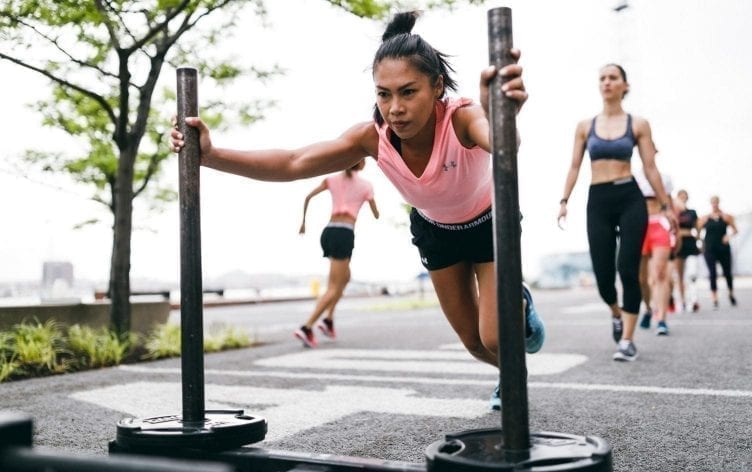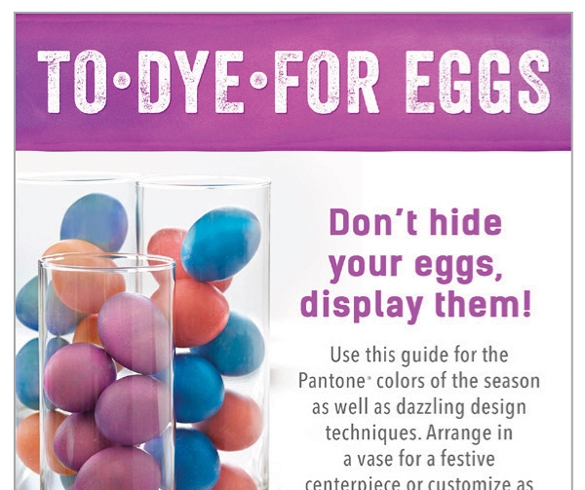
There’s a reason high-intensity interval training (HIIT) was named the number 1 fitness trend for 2018: It works. Fitness newbies and workout veterans alike continue turning to these quick, intense sessions as an effective, time-efficient means to lose weight — and keep it off.
For example, women in one study who performed three HIIT sessions per week lost as much as 7.3 pounds by the end of 15 weeks, while their steady-state cardio cohort gained as much as 2.7 pounds during the same time period. Another study found that HIIT and moderate-intensity cardio were equally effective in reducing abdominal fat in young women, making HIIT the more time-efficient option.
RANKING INTERVALS
But with all the different types of HIIT workouts on the market, how do you know which workout is the best for weight loss? Tabatas? Thirty seconds on, 30 seconds off?
According to HIIT researcher Yuri Feito, PhD, MPH, FACSM, and an associate professor of exercise science at Kennesaw State University in Kennesaw, Georgia, the ideal HIIT formula for weight loss is the one you’ll do consistently. “Are you more likely to do that [HIIT workout] than a 30-minute walk or bike ride? If so, then absolutely do it,” he says. “It’s like anything else, if you don’t do it, you’re not going to see benefits.”
HELPFUL TIPS
That said, if you truly want to get the most fat-burning benefits from your HIIT sessions, there are a few things to keep in mind.
“The most important thing is that, at some point during your high-intensity interval, you have to be hitting 90% of your theoretical maximum heart rate,” says Holly Perkins, certified strength and conditioning specialist, author of “Lift to Get Lean,” and founder of Women’s Strength Nation.
When you work at an intensity that brings you to 90% of your max heart rate, your brain produces a higher amount of human growth hormone, which then helps you optimize your individual testosterone levels. “Testosterone is the panacea when it comes to all of the fat-burning and weight-loss influences,” Perkins explains.
In addition, higher-intensity exercise may help you burn a few extra calories once your workout is over. The reason is intense exercise requires your body to produce higher levels of adenosine triphosphate (ATP) to keep your muscles fed while you work. Once you’ve finished your HIIT session, your body has to work overtime to cool you down and repair muscle tissue. All of this uses up more energy (Read: calories) post-workout than steady-state exercise. However, just how much more energy varies person-to-person, Feito says.
If you’d rather not calculate and monitor your maximum heart rate, measure your intensity during high-energy bouts with the rated perceived exertion (RPE) scale or how hard you feel your body is working. Using a 1–10 scale, where 1 equals sitting on the couch watching Netflix and 10 equals an all-out sprint, aim to stay at a 9 during your high-intensity segments.
To avoid injury and overtraining — thereby maximizing the fat-loss benefits of HIIT — limit your HIIT sessions to no more than three per week and try not to work much harder than a 9 during work intervals. “You can actually overtrain within just one HIIT session if you’re working at too high of an interval,” Perkins says.
READ MORE > 8 THINGS I WISH I KNEW BEFORE STARTING HIIT
SAMPLE WORKOUT
If you want to add HIIT to your weight-loss efforts, Feito recommends starting with this format:
- 1-minute interval; 3-minute recovery, up to 5 sets
Use those recovery periods to fine-tune your intensity. For example, if that 3-minute rest feels too short, lower the intensity of your next interval. Meanwhile, if that 3-minute rest feels like an eternity, take your intensity up a notch.







